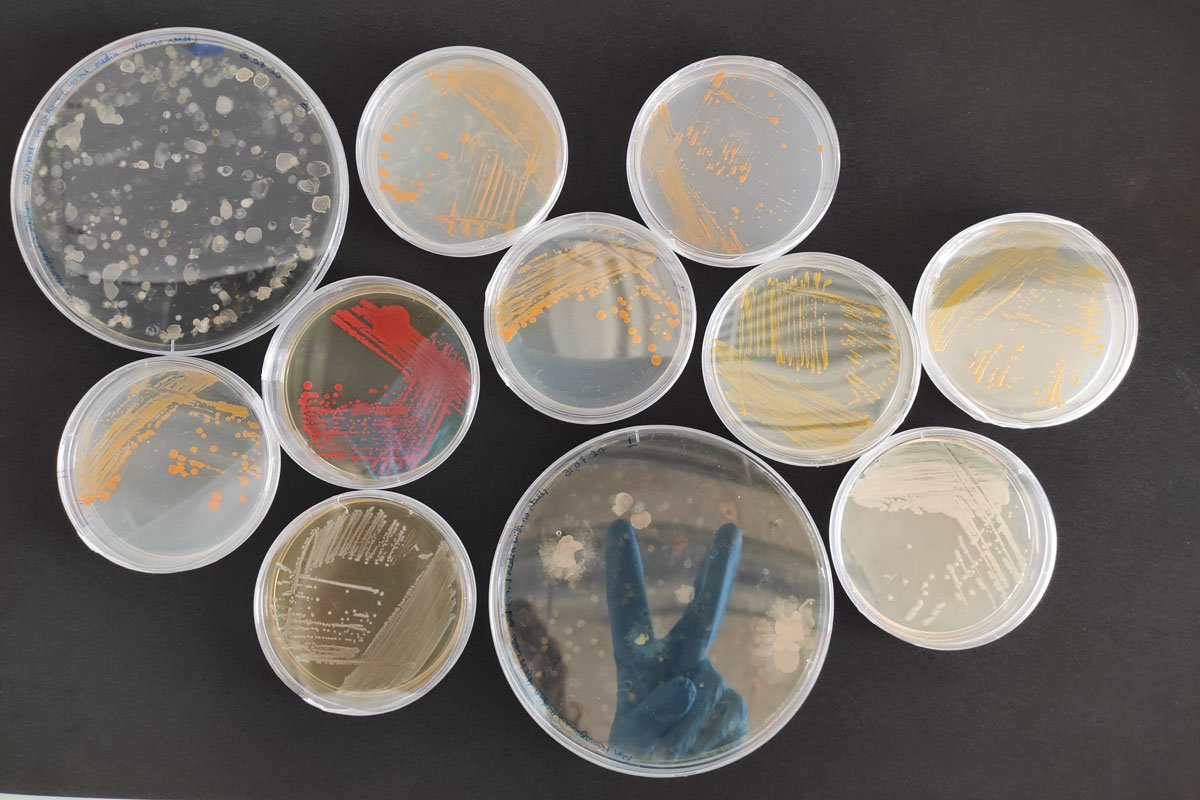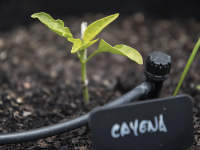
Microbiota, broadly speaking, means «microbial community». This is a population of microorganisms living in a very specific environment. Recently, there has been a lot of talk about the human gut microbiota, but this is only one of many types of microbiota; we can also find microbial communities living in plastic waste, for example. In fact, the world is completely colonised by microorganisms, so any environment contains a particular microbial community and, therefore, a microbiota.
To study microbiota, be it environmental or human, independent culture techniques are used. These consist of taking a sample from the place or environment to be studied, extracting its genetic material and then sequencing it. Afterwards, using bioinformatics techniques, taxonomic profiles are produced, which allow experts to identify the the different microorganisms and to know the proportions in which they are present.
When studying a microbiota, it is important to change our mindset to the microscopic level, because microorganisms live on a very different scale than humans. For us, a beach is an environment in itself, but a microorganism can find many different microenvironments on that same beach: a grain of sand, the sea, a shell… even the top of a stone exposed to the sun and the part underneath that same stone are two different microenvironments.
Answered by Àngela Vidal, PhD candidate in the biotechnology and synthetic biology group of the Institute for Integrative Systems Biology (I2SysBio).
«Mètode’s whys and wherefores» is a popular science section in which readers can submit their scientific doubts or questions and an expert on the subject will answer them. You can submit your questions with this form. Among all those we publish, a set of Mètode publications will be drawn every quarter.





